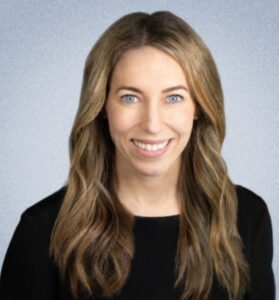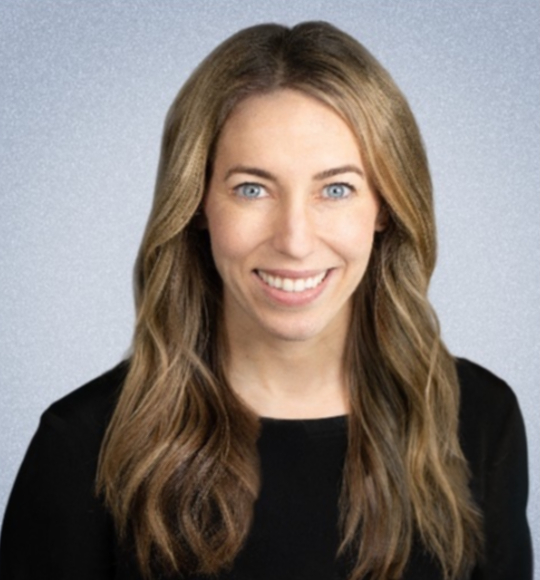Oculoplastics

Meet Dr. Kristen E. Dunbar
Cosmetic & Reconstructive Eyelid Surgeon
Dr Kristen Dunbar is board-certified oculoplastic surgeon who specializes exclusively in surgical and non-surgical treatments of the eyelids and around the eyes. She is one of 750 ASOPRS surgeons specializing in cosmetic and reconstructive surgery of the eyelids, eyebrows, and orbital tissues around the eye. She has performed thousands of eyelid surgeries and is well-known in the DMV area for her natural results and for leaving her patients confident and happy.
Dr. Dunbar’s Specialities
- Upper Lid Blepharoplasty
- Lower Lid Blepharoplasty
- Ptosis Repair (scarless and external)
- Eyelid Lesion Removal
- Ectropion Repair (Turned-Out Eyelid)
- Entropion Repair (Turned-In Eyelid)
View Our Full Gallery of Before and After Photos!
All photos are of our patients who have had surgery with Dr. Kristen Dunbar.
Oculoplastic surgeons are ophthalmologists who have gone through years of additional fellowship training to specialize in reconstructive surgery of the eyelids, orbits, and lacrimal system.
Oculoplastic surgeons diagnose and treat various conditions, including:
Dermatochalasis
As you age, the skin and muscles of your eyelids may sag and droop. You may get a lump in the eyelid due to normal fat around your eye that begins to sag forward. This condition is treated with a procedure called ‘blepharoplasty’. These changes can lead to other problems. For example:
Upper or Lower Blepharoplasty (eyelid surgery) can help correct these problems. Patients often refer to this surgery as an “eyelid tuck” or “eyelid lift.” Please know that the eyelid itself may not be lifted during this type of surgery, but instead the heaviness of the upper eyelids and/or puffiness of the lower eyelids is usually improved.
Ptosis
Ptosis is the drooping of one or both of the upper eyelids. It is related to the decreased function of the eyelid muscles. You can be born with this condition or it may be caused by aging, trauma, or an underlying muscular or neurological disease. This condition may affect one’s vision by blocking the superior visual field. Ptosis can be treated by surgical repair to improve the field of vision and establish symmetry between the eyelids. Ptosis repair surgery is an outpatient procedure that can be performed at an ambulatory surgical center or in the office.
Ectropion (Turned-Out Eyelid)
Ectropion is the outward turning of the eyelid, most commonly affecting the lower lids. This lid sagging can lead to excessive ocular dryness, tearing, and irritation. Ectropion is often caused by aging, trauma, and facial nerve paralysis. Ectropion can be temporarily treated with artificial tears and ointments, but the permanent solution is outpatient surgery to correct lid direction.
Entropion (Turned-In Eyelid)
Entropion is a condition where the upper or lower eyelid turns inward, rubbing the lashes against the eye, causing the eye to become irritated, red, and sensitive to light and wind. If it is not treated, the condition can lead to pain, tearing, discharge, and irritation. If entropion is severe or left untreated for a long period of time, it can lead to corneal damage and decreased vision. If entropion exists, it is important to have a doctor surgically repair the condition before permanent damage occurs to the eye.
Nasolacrimal Duct Obstruction (NLDO)
NLDO is when the eye’s natural drainage system becomes clogged. It usually presents with mucus buildup, and excessive tearing. After the identification of the blockage, a physician will determine if surgical intervention via dacrocystorhinostomy (DCR) may be needed to correct this obstruction.
Oculoplastics
What is Oculoplastics?
Oculoplastics is a subspeciality of ophthalmology that is the medical and surgical management of conditions affecting the periorbital and facial tissues. Oculoplastics can be broken down into its derivates: Oculo- pertains to the eye and plastos is Greek for “formed or molded”. As a whole, the term Oculoplastics defines plastic surgery around the eye and surrounding areas. Plastic surgery can be either reconstructive or cosmetic.
Oculoplastic Surgery is a highly specialized field that requires a surgeon with a deep understanding of both ophthalmology and plastic surgery. If you are considering oculoplastic surgery, it is important to choose a qualified and experienced surgeon.
Oculoplastics
What is Oculoplastics?
Oculoplastics is a subspeciality of ophthalmology that is the medical and surgical management of conditions affecting the periorbital and facial tissues. Oculoplastics can be broken down into its derivates: Oculo- pertains to the eye and plastos is Greek for “formed or molded”. As a whole, the term Oculoplastics defines plastic surgery around the eye and surrounding areas. Plastic surgery can be either reconstructive or cosmetic.
The Doctors at Eye Specialists & Surgeons of Northern Virginia have either authored or reviewed and approved this content.

